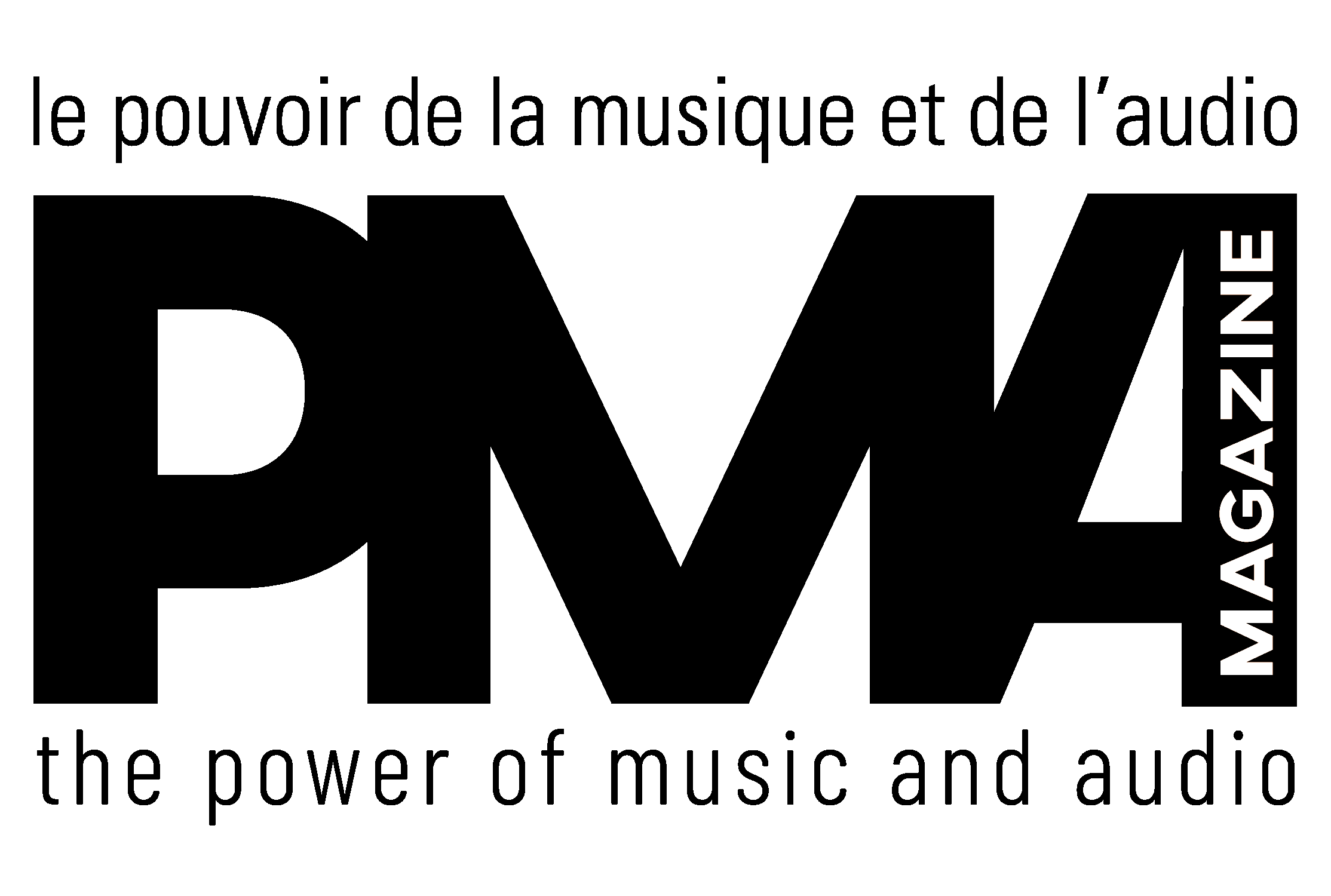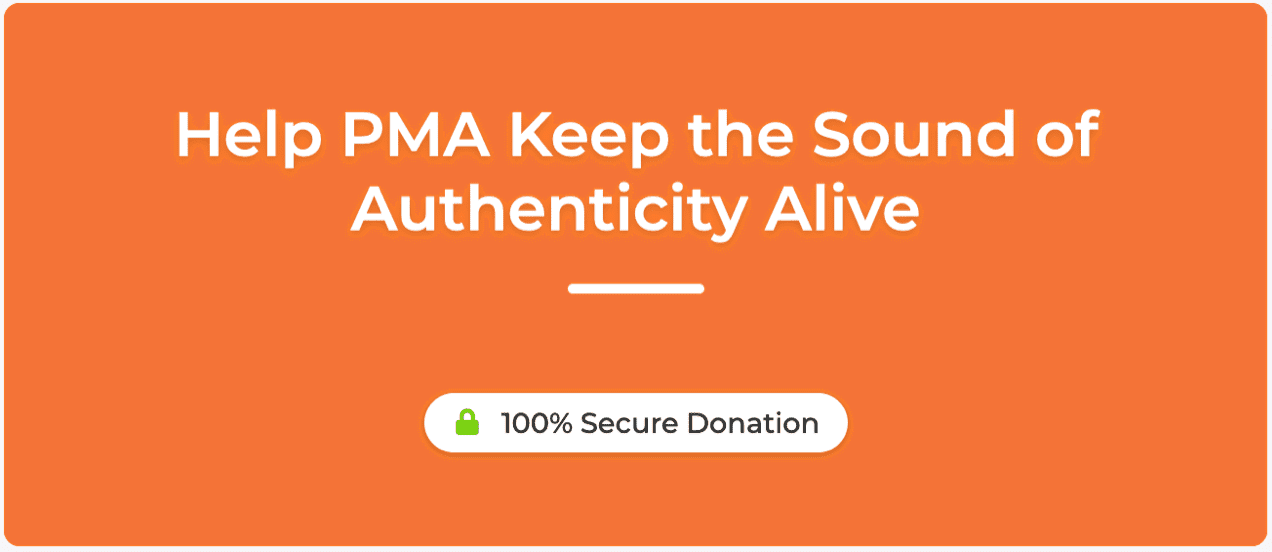
I can’t recommend stealing a sound system or component, but what if you could get one for a relative steal? And if not a steal, how about through easy, affordable payments?
But first—do you know what your audio priorities are? And I don’t just mean sound, but also equipment. Our hobby is intrinsically tied to both—the sound we chase and the gear that makes it possible. So before we get to the financial side of things, ask yourself: as an audio enthusiast with a particular listening room, do you know what you want? The answer will help you know where to allocate precious funds.
Here’s the breakdown that will determine your system “type”:
The gear: Do you prefer tubes or solid state? Streaming or analogue? Is your listening space better suited to a large system or something more compact? We all want the best sound for our money, but that desire can be balanced by other factors—playback features, format options, or even aesthetics. Do you want a system that’s more integrated, or one that offers greater flexibility for future upgrades?
The sound: When it comes to sound, even the best components add a bit of their own character to the music. The real question is: does the component convey the music in a way that feels authentic to you? Does it have what you crave, be that instrumental texture, micro-dynamics, a well-layered soundstage, or physical palpability? If you’re unsure, visit an audio store that carries a variety of topologies and technologies—tube, solid state, analogue, streaming—and try them out in different configurations. For sound, I don’t recommend choosing equipment based on technical specs. Instead, trust your hearing, your gut, your heart, and how your body responds to the music. Does it make you feel good and engaged—or distracted? Are you comfortable when you listen? If so, that’s a good sign. A bad sign is if you find yourself feeling distant from the sound or overanalyzing it, which would mean the gear isn’t doing its primary job: connecting you to the music.
Once you’ve figured out what you want in audio, the buying process becomes almost a formality. Here are 10 tips on how to approach it—and how to avoid making costly mistakes:
1- Buy from a store that offers a grace period for returns in case the product doesn’t work out for you. No matter how “technically” impressive something sounds in a store demo, it’s only at home—with your own system and recordings—that you’ll truly know its value to you.

2- Deal with a store that offers a trade-in program. Trade-ins provide a more convenient and cost-effective upgrade path than selling your gear on the used market at a heavily depreciated price that will barely cover the cost of a replacement.
3- Buy from a store that carries brands offering a linear upgrade path—moving from good to better sound within the same product line. This approach has a couple of advantages. First, even if the store doesn’t have an official trade-in program, it may still offer you a good deal on your used item if it’s an authorized dealer for that product. Second, once you’ve built a system around components that work well together—whose sonic characteristics mesh synergistically—it’s much easier to preserve the core sound of your setup when upgrading within the same brand. That’s because many manufacturers design their products around a consistent “house sound” that serves as a reference point for their overall sound quality. This strategy will help you avoid the headache and expense of chasing synergy all over again with unfamiliar gear.
4- If your goal is to achieve the best sound quality as quickly as possible, it’s best to invest in a single playback format, whether that’s streaming, CD, vinyl, or something else. On a real-world budget, chasing top-tier sound across multiple formats will take forever. That said, if your priorities lean more toward variety than absolute sound quality, then gradually improving performance across several formats makes perfect sense.

5- Unless you plan to keep a component forever, buy from a well-established, well-regarded brand. Reselling gear from a trusted name is usually easier and more financially advantageous than trying to offload something from a lesser-known or less respected manufacturer. A related point: buy the type of product the brand is known for—whether that’s turntables, phono preamps, streaming devices, or solid state amps. Components that fall outside a manufacturer’s core area of expertise are often harder to resell and may not hold their value as well.
6- Buy from a store or manufacturer through a financing plan. Alternatively, using your home equity line of credit often comes with lower interest rates than traditional loans from lending institutions. We finance our cars, furniture, kitchen appliances—so why not audio?
7- Buy used or vintage gear. As a seller, it can be disheartening to see the resale value of some audio products—I mostly blame the upgrading / disposable nature of our hobby for that—but it’s great if you’re a buyer. Great deals can be had on Version 1s of popular, well-reviewed products. Later versions may sound ‘technically’ better—”Hey! There’s more detail!”—but may have lost some of the musical magic that made the prior version popular.

8- Track down those giant killers—products that perform as well as, or nearly as well as, their much more expensive counterparts. There aren’t many of them, but they’re out there, lurking beneath the carpet of ad pages bought by bigger companies. Their rarity only makes discovering one more rewarding—and makes you feel like you got away with something. Something good. Just Google “giant killer audiophile gear,” then sit back, read, and compare. Do this diligently and you’re bound to strike gold.
9- Become an audio reviewer, on something like a YouTube channel or for a publication. This usually allows you to purchase the gear you’ve reviewed at an accommodation price, typically 50–60% off retail. If you’re lucky, you might even get to choose what you review.
10- If a store has been good to you, become a regular customer—it has earned your trust and support. Best-case scenario: it becomes an audio ally for life, saving you a lot of time and money you might otherwise lose learning lessons the hard way.















Leave a Reply